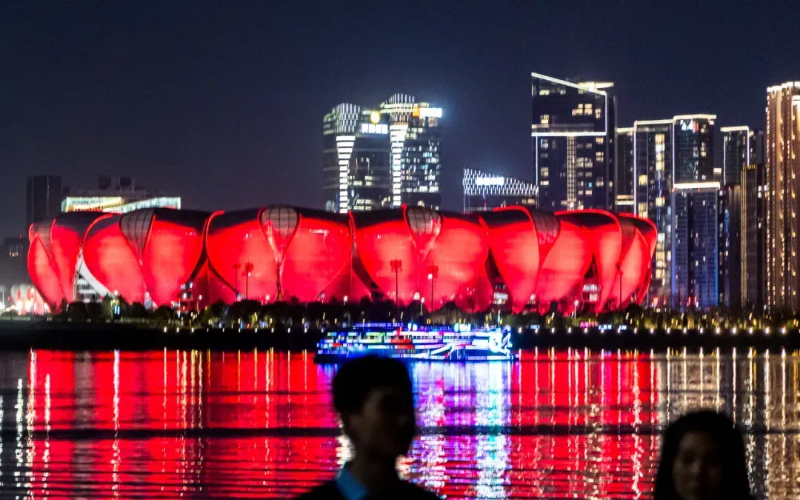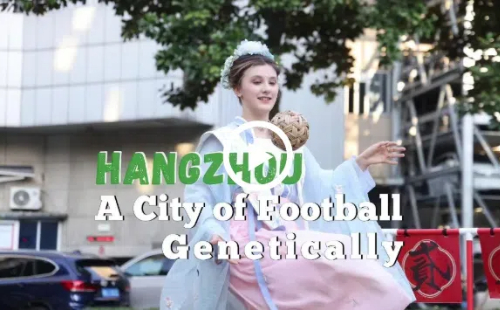'Fairyland's' otherworldly beauty

The Fairyland Scenic Spot in Xianju county, Zhejiang province, is a national 5A tourism zone. [Photo provided to China Daily]
There's good reason Xianju's name translates as Fairyland.
It's about as otherworldly a place as our planet can conjure.
The appellation is indeed no accident. It hails from a decree by Song Dynasty (960-1279) ruler Zhenzong, who rechristened it after reading ancient China's luminary poet Li Bai's prose describing the area as a domicile of deities.
Arguably, he wasn't taking artistic liberties.
Xianju, in East China's Zhejiang province, seems to be divine poetry in itself, literally written in stone. Its mythology has been conjured by topography.
The phantasmal terrain is the scar tissue from an epoch when Earth unleashed hot-blooded volcanic violence, forging the world's vastest rhyolite configurations.
Visitors to Shenxianju Geological Park teeter 120 meters over the Nantian Valley as they cross the Heavenly Rope Bridge.
The area hosts a tightrope competition where contestants look gravity-and mortality-in the eye and stand tall. And very, very high above the ground.
Visitors are also left gasping-in adulation of the scenery and in terror at the heights-as they trek the 3-kilometer walkway that clings to cliff sides.
That's especially when crossing sections where the platform is constructed with reinforcement bars spaced an inch apart, meaning there's more empty space beneath your feet than solid support.
That's not to mention glass-bottomed viewing platforms that offer even clearer views of how far it is down to the ground.
Those who brave the hike are rewarded with views of colossal columns crowned with snarled evergreens.
If not the Home of the Immortals, Shenxianju is at least their rockery, replete with bonsai.
But Xianju's appeal extends beyond geology to anthropology, as a confettitoss of ancient towns pack the cracks between peaks.
Perhaps the most celebrated is Potan, a Tang Dynasty (618-907) port settlement along the Yong'an River that peaked in the Qing Dynasty (1644-1911), after which railways and megabridges purloined its glory as a logistics hub.
It was a bustling commerce center and something of a sin city, with its famous Spring Flowers brothel, pawnshops and casino clusters. It also hosted temples for atonement after stints of depravity.
Today, it's a sleepy community of elderly farmers.
Despite Potan's history as a commercial livewire, nary a store is to be found among the crumbling buildings. The only retail seems to be the occasional hunched granny hawking fresh eggs from basins.
That, plus its scarcely renovated houses constructed from uncut stone and rough wood planks makes it a delightful antithesis to the Disneyfied "ancient" towns found throughout the region-where original buildings are demolished and rebuilt, and residents relocated to make way for kitschy shops pushing mass-produced trinkets.
Its authentic allure is truly natural-like the rest of Xianju.





 play
play